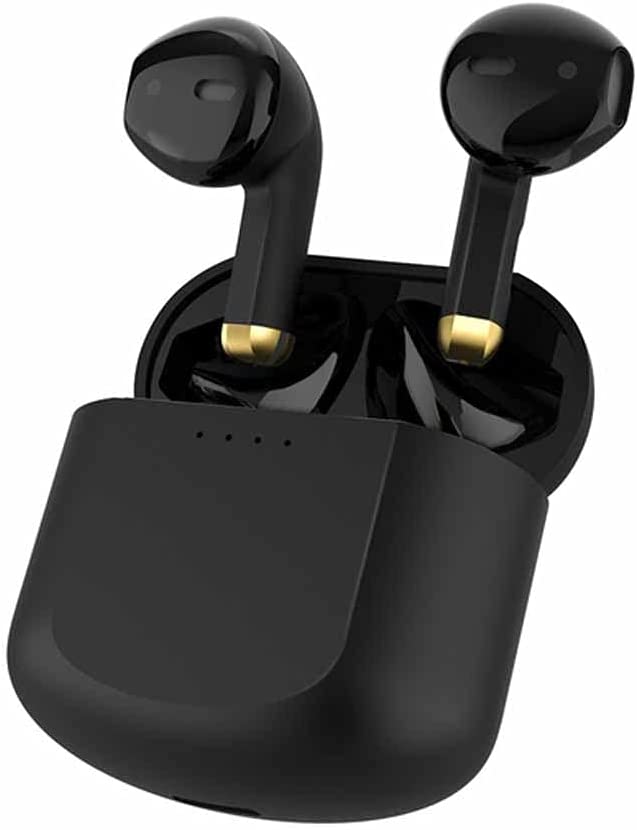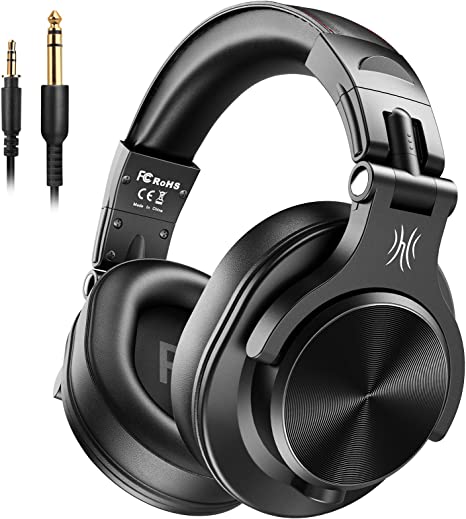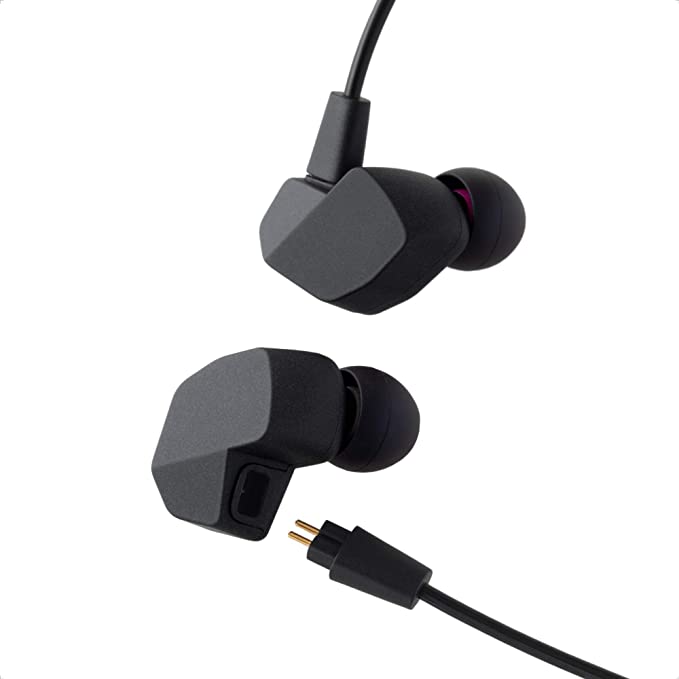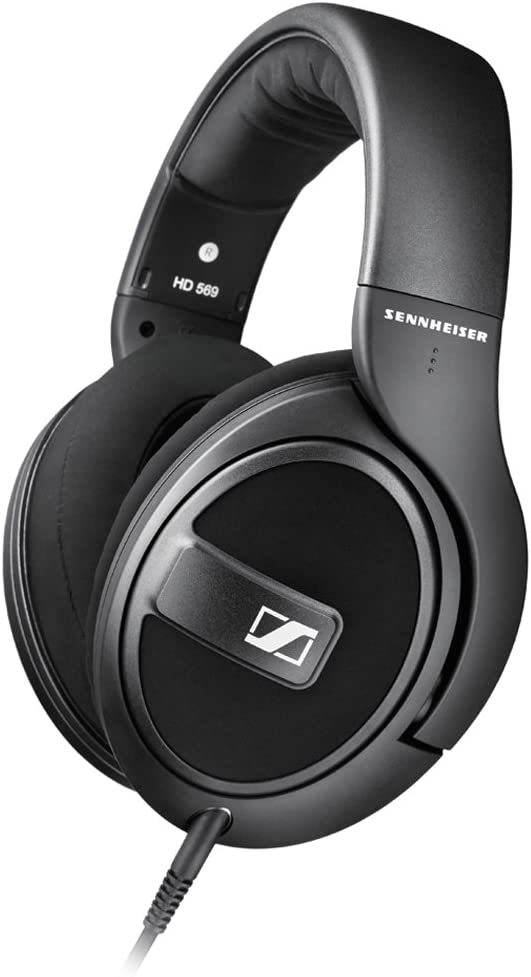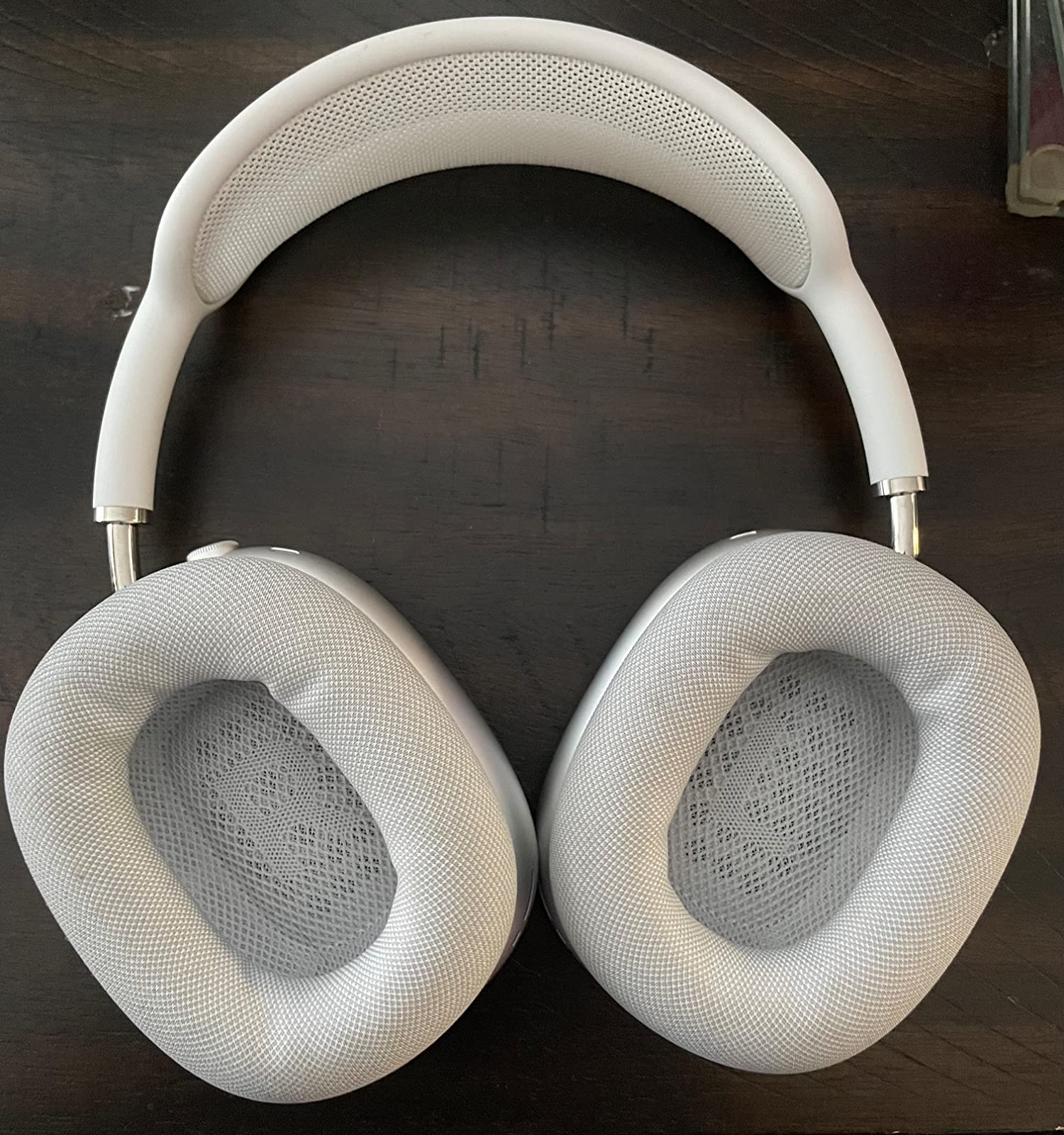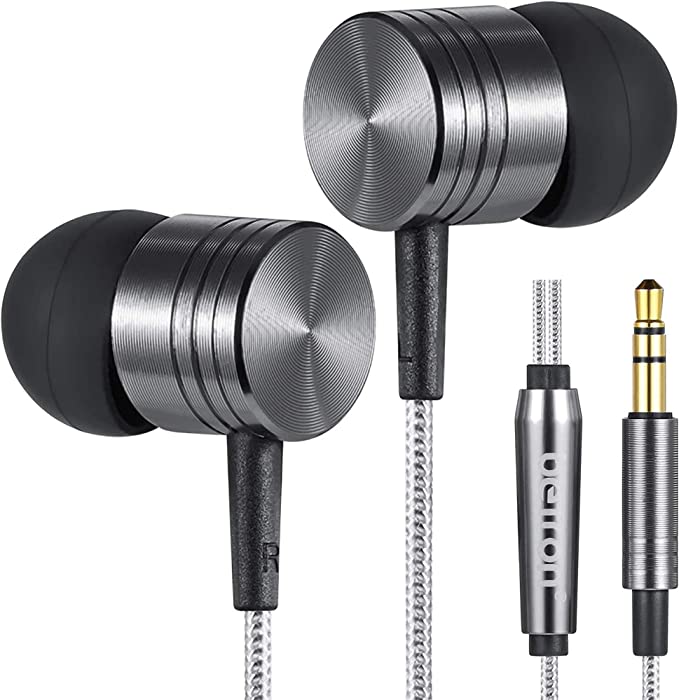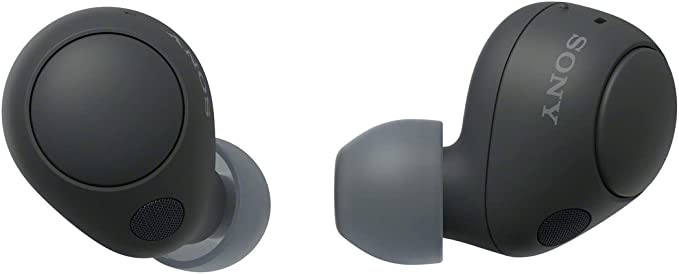Sony IER-M7 In-Ear Monitors: Unveiling the Science of Pure Sound
Update on July 24, 2025, 5:03 p.m.
Picture the scene: a guitarist stands on stage, bathed in light, the energy of the crowd a palpable force. Yet, in their ears, there is chaos. The colossal floor monitors, or “wedges,” meant to help them hear, instead create a roaring, indistinct wall of sound. The drummer’s cymbals crash through, the bassist’s low-end rumbles muddy the mix, and their own guitar—the very instrument they need to guide their performance—is a ghost in the machine. This isn’t just an inconvenience; it’s a battle for coherence, a fight against hearing fatigue, and a risk to the entire performance. This is the musician’s riddle.
For decades, this was the accepted reality of live performance. But a paradigm shift, born from a fusion of medical technology and audio engineering, offered a solution: the In-Ear Monitor (IEM). By delivering a personalized mix directly into the ear canal, IEMs promised a sanctuary of sound—isolated, consistent, and safe. The Sony IER-M7 is a modern embodiment of this promise, a tool forged not just from parts, but from a deep understanding of physics, materials, and the very nature of sound itself. To understand it is to dissect the science of clarity.

The Engine of Precision: Deconstructing the Balanced Armature
At the heart of the IER-M7 lies not one, but four microscopic engines per ear, known as Balanced Armature (BA) drivers. To grasp their significance, one must first understand their profound difference from the conventional dynamic drivers found in most headphones. A dynamic driver works like a miniature loudspeaker, using a coil attached to a cone to move a relatively large volume of air. It’s powerful, capable of producing a visceral, impactful bass.
A Balanced Armature, however, operates on a principle of exquisite finesse. Born from the need for tiny, efficient drivers in hearing aids, its design is a marvel of micro-engineering. Imagine a miniature, perfectly balanced lever (the armature) suspended in a magnetic field. When an audio signal passes through a surrounding coil, the armature pivots with incredible speed and minimal inertia, almost like the frantic flutter of a hummingbird’s wings. This motion is transferred via a tiny rod to a stiff, lightweight diaphragm, generating sound. Sony’s original T-shaped armature design further refines this process, driving the diaphragm directly for a more symmetrical and linear motion, resulting in exceptionally clean and faithful high notes.
The key advantage is its incredibly low mass. It can start and stop on a dime, giving it a lightning-fast transient response. This is the ability to reproduce the leading edge of a sound—the sharp crack of a snare, the subtle pluck of a string—with scalpel-like precision. Where a dynamic driver paints with a broader brush, the BA driver etches with a fine point, revealing layers of texture and detail that might otherwise be lost.

A Symphony in Miniature: The Quad-Driver Orchestra and its Conductor
The IER-M7 doesn’t rely on a single, do-it-all driver. Instead, it employs a team of four specialized BA drivers in each earpiece, each one tuned for a specific task. This is akin to an orchestra, where a cello isn’t expected to play a piccolo’s part. One driver handles the deep bass, another the crucial lower-mids, a third brings clarity to the upper-mids and vocals, and a dedicated super-tweeter reproduces the highest, airiest frequencies.
Orchestrating this team is an electronic crossover network. This crucial component acts as the conductor, intelligently splitting the audio signal and directing the correct frequency bands to the appropriate driver. Within this network, Sony utilizes an audio grade film capacitor, a detail that speaks volumes. It’s a high-quality component chosen specifically to reduce electrical distortion and noise before the signal even reaches the drivers, ensuring the source remains as pure as possible. By dividing the labor, each driver operates comfortably within its sweet spot, minimizing distortion and maximizing headroom, resulting in a sound that is effortlessly clear even in the most complex musical passages.

The Silent Stage: Crafting a Vibration-Free Chassis
The performance of these precision drivers would be meaningless if their housing wasn’t equally sophisticated. The shell of an IEM is not just a container; it’s an acoustic chamber. Any unwanted vibration or resonance within this chamber will color the sound, smearing details and introducing a muddy quality.
To combat this, Sony engineers chose magnesium alloy for the IER-M7’s inner housing. This is a deliberate choice rooted in material science. Magnesium possesses a remarkable combination of low density (it’s significantly lighter than aluminum) and extreme rigidity. This high stiffness-to-weight ratio, coupled with its excellent internal damping properties, allows the housing to act as a solid, inert platform. It effectively absorbs and dissipates vibrational energy rather than reflecting it. The result is a chassis that provides a silent, stable backdrop, almost like a portable, miniature anechoic chamber, allowing the pure sound of the drivers to shine through without corruption.
The Highway to Your Eardrum: Ensuring Phase Coherence
With four drivers creating sound simultaneously, another challenge arises: ensuring all those sound waves arrive at the eardrum at the exact same time. This is the principle of phase coherence. If waves arrive out of sync (out of phase), they can interfere with each other, with some frequencies being destructively cancelled out while others are unnaturally boosted. This can lead to a distorted soundstage and imprecise imaging, where instruments sound vague and poorly located.
The IER-M7 addresses this with an Optimized Sound Path. The internal tubing from each driver to the ear nozzle has been meticulously shaped and widened. This isn’t just a hollow space; it’s a carefully engineered highway designed to minimize reflections and equalize the path length for each driver’s sound waves. By ensuring the sound from the woofer, midrange, and tweeter all integrate perfectly and in-phase, the IER-M7 can reproduce a holographic and accurate soundstage, placing each instrument in its precise location within a three-dimensional space.

The Final Link: Purity from Source to Seal
The chain of clarity extends all the way to the cable and the eartip. The inclusion of a 4.4mm balanced cable is a critical feature for preserving signal integrity. In a standard 3.5mm single-ended connection, the left and right channels share a common ground wire, which can lead to a faint electrical bleed-through known as crosstalk. This subtly degrades stereo separation, making the sound feel narrower and more confined. A balanced connection provides entirely separate signal and ground paths for each channel, eliminating crosstalk and delivering a cleaner signal with noticeably improved stereo separation. It’s the audible equivalent of moving from a crowded room to an open concert hall.
Finally, all this technology is rendered moot without a proper acoustic seal. This seal is the foundation of passive noise isolation and impactful bass response. To achieve it, Sony provides a vast arsenal of 13 pairs of eartips in various sizes and two materials. Finding the right fit creates a physical barrier to outside noise, allowing the listener to focus on the music at lower, safer volumes. It’s the final, crucial step in building a personal, controlled listening environment.

From a Scientific Tool to an Artist’s Brush
Revisiting the guitarist on stage, the riddle of clarity now has an answer. The IER-M7 isn’t just a pair of earphones; it’s a system of solutions. The BA drivers’ speed delivers the sharp attack of every picked note. The rigid magnesium housing silences the chassis, letting the pure tone through. The optimized sound path places the bassist and drummer exactly where they should be in the mix, distinct from the guitarist’s own sound. The deep seal isolates them from the stage’s chaos, and the balanced cable feeds them a clean, uncompromised signal.

In the end, the meticulous application of physics and engineering serves a purpose far greater than the technology itself. By solving the technical problems of sound reproduction, it provides the artist with a tool of absolute reliability—a clear, uncolored canvas. It transforms a scientific instrument into an artist’s brush, empowering them to stop fighting the sound and simply create with it.




